AMD's ATI Eyefinity runs six monitors from one PC
AMD unveils 'revolutionary' new consumer products capable of driving multiple displays.
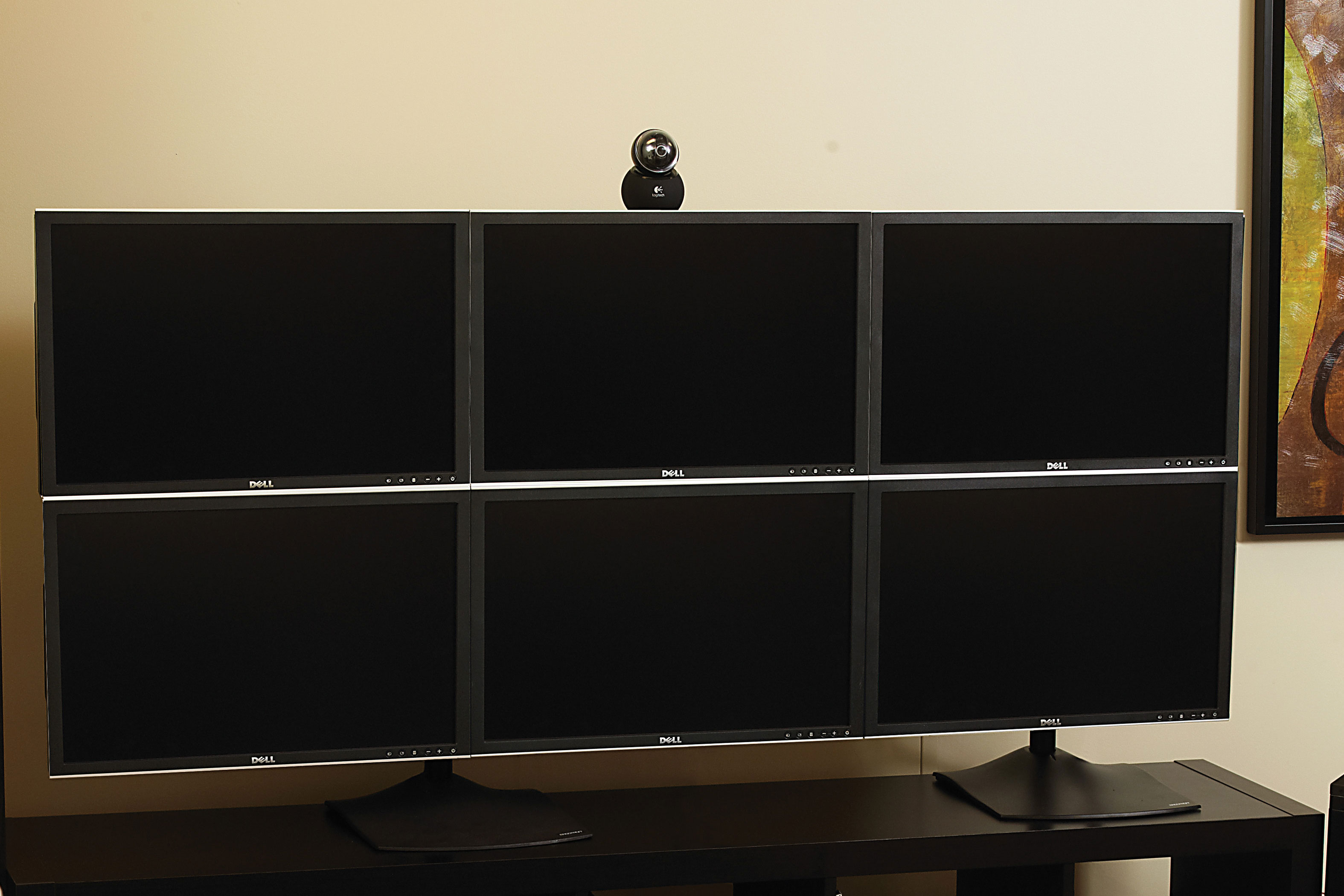
AMD has demonstrated its "revolutionary" next generation of graphics cards from ATI, which will be able to drive up to six HD monitors at once from a single card, allowing workers to see more applications concurrently.
Presently, PC graphics cards are generally capable of running only two monitors each. ATI's new Radeon cards include Eyefinity, which creates a single, high-resolution image, which is split over a number of monitors. ATI calls the technology 'SLS', or Single Large Surface.
At an event in London, the company demonstrated the technology running on six high definition displays, with a resolution of 5,760 x 2,160.
ATI claimed the maximum resolution supported by Eyefinity is 268 megapixels, compared to a standard 19in monitor, which has a resolution of just over a single megapixel, raising the possibility of giant video walls powered by low cost consumer hardware.
"Today marks the culmination of more than a million hours of design innovation from thousands of AMD engineers over the last few years, and the commitment of more than 100,000 channel partners," said Rick Bergman, AMD's senior vice president and general manager.
Initially, Eyefinity will support just three or six displays, and Samsung has demonstrated a new range of monitors with ultra-thin bezels specifically designed for multi-panel displays.
AMD has not released further technical details, pricing or a delivery date for the new parts.
Sign up today and you will receive a free copy of our Future Focus 2025 report - the leading guidance on AI, cybersecurity and other IT challenges as per 700+ senior executives
-
 Trump's AI executive order could leave US in a 'regulatory vacuum'
Trump's AI executive order could leave US in a 'regulatory vacuum'News Citing a "patchwork of 50 different regulatory regimes" and "ideological bias", President Trump wants rules to be set at a federal level
-
 TPUs: Google's home advantage
TPUs: Google's home advantageITPro Podcast How does TPU v7 stack up against Nvidia's latest chips – and can Google scale AI using only its own supply?
-
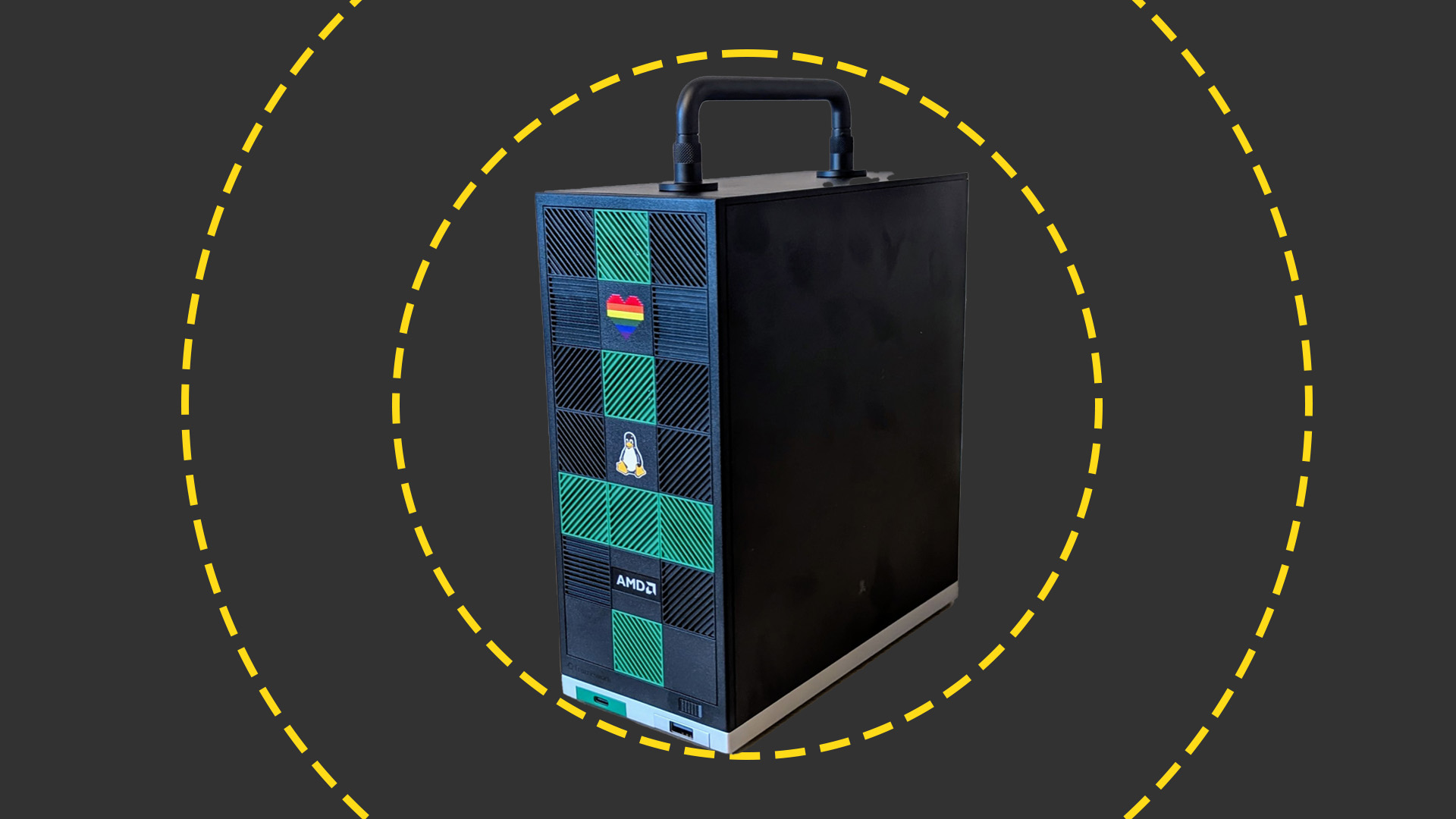 Framework Desktop review: Modular design and ferocious AMD performance
Framework Desktop review: Modular design and ferocious AMD performanceReviews AMD's Ryzen Max CPUs debut in Framework's impressive modular self-build small-form desktop PC
-
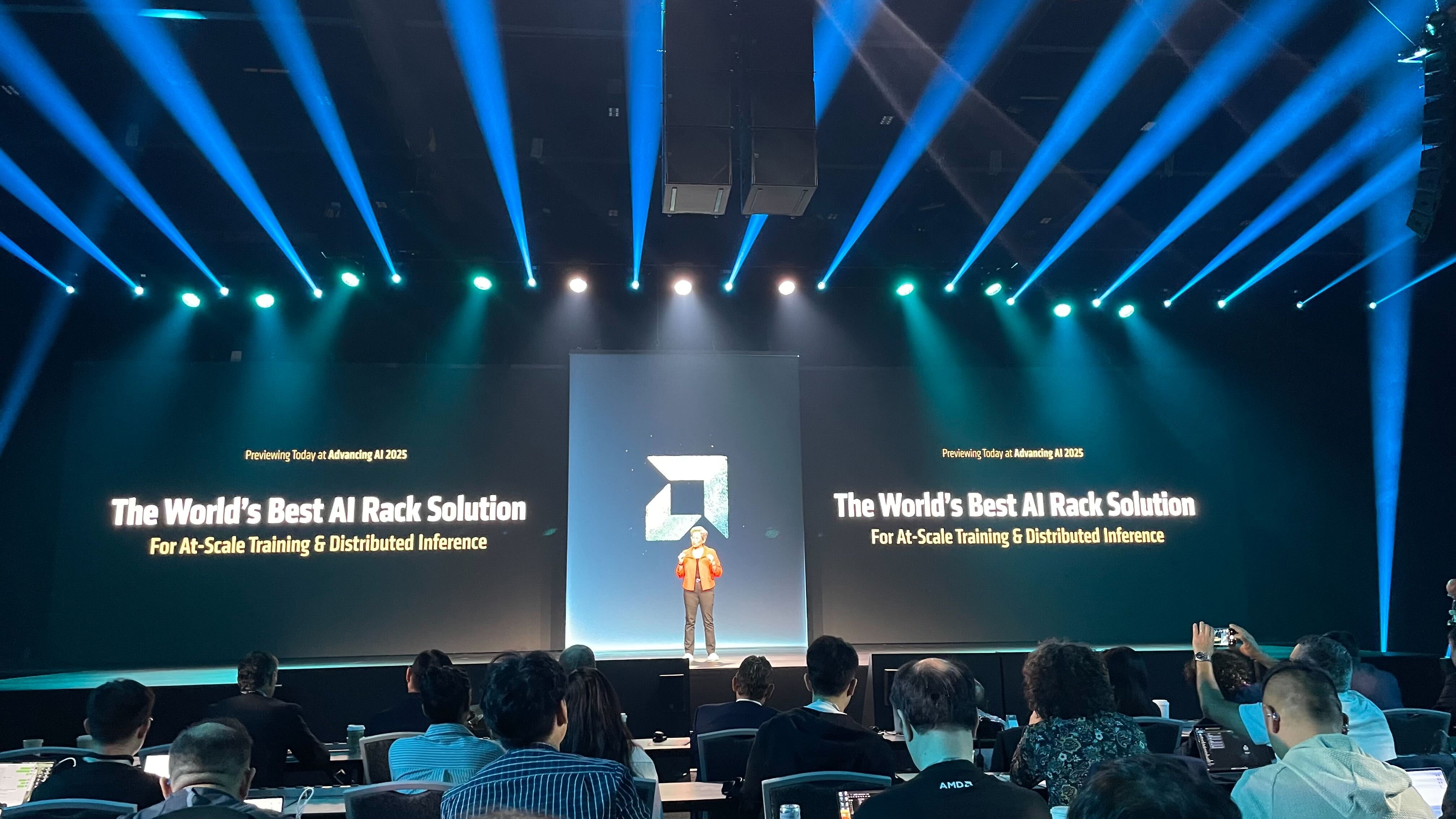 AMD chief exec Lisa Su says its new Helios AI rack is a 'game changer' for enterprises ramping up inference – here's why
AMD chief exec Lisa Su says its new Helios AI rack is a 'game changer' for enterprises ramping up inference – here's whyNews The integrated hardware offering will feature upcoming AMD chips and networking cards
-
 AMD Advancing AI 2025: All the latest news and updates from San Jose
AMD Advancing AI 2025: All the latest news and updates from San JoseFollow all the news and updates live from AMD's latest Advancing AI conference
-
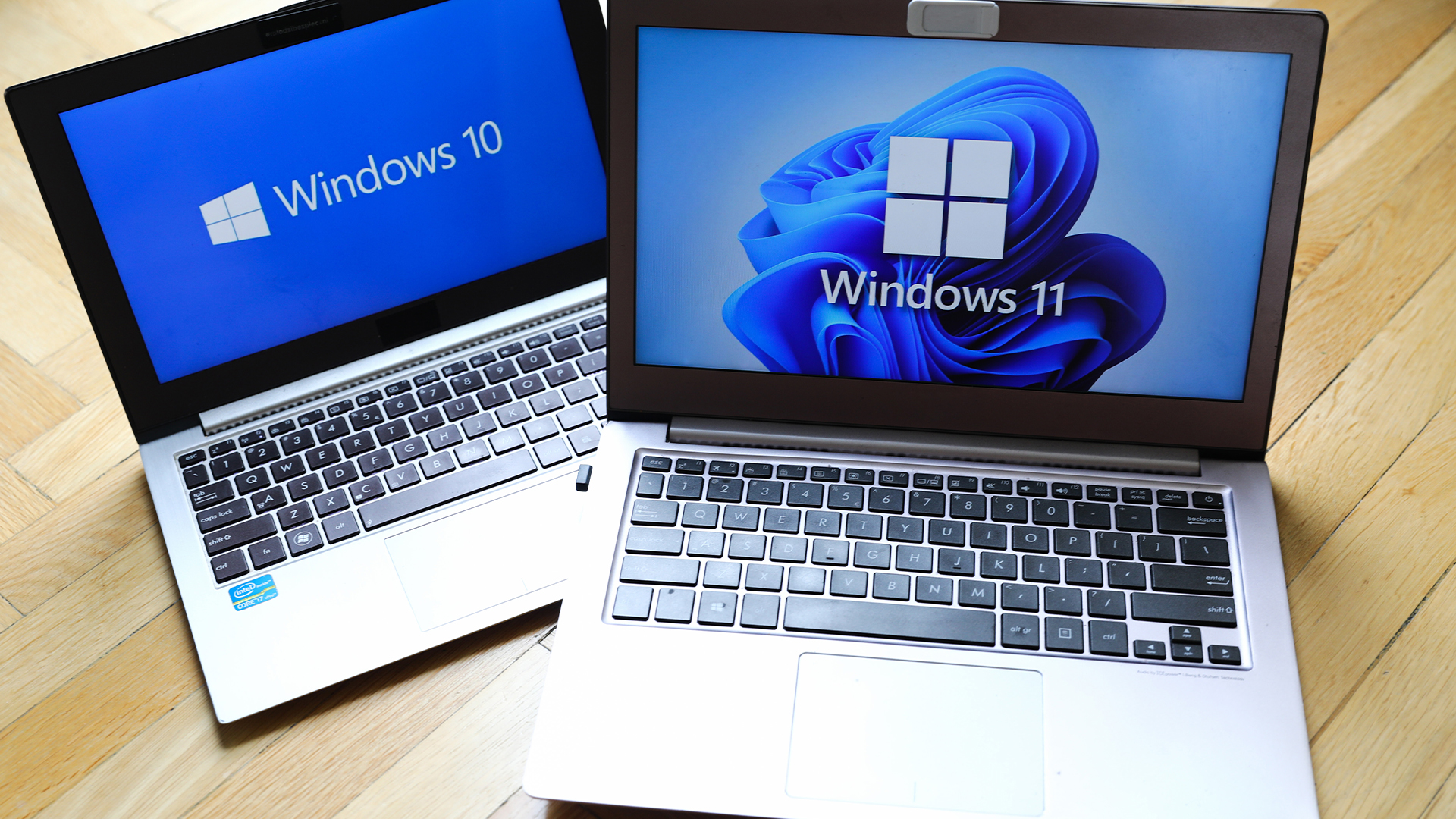 What enterprises need to be Windows 11 ready
What enterprises need to be Windows 11 readySupported Hardware purchasing will play a key role in delivering success during the Windows 11 migration rush
-
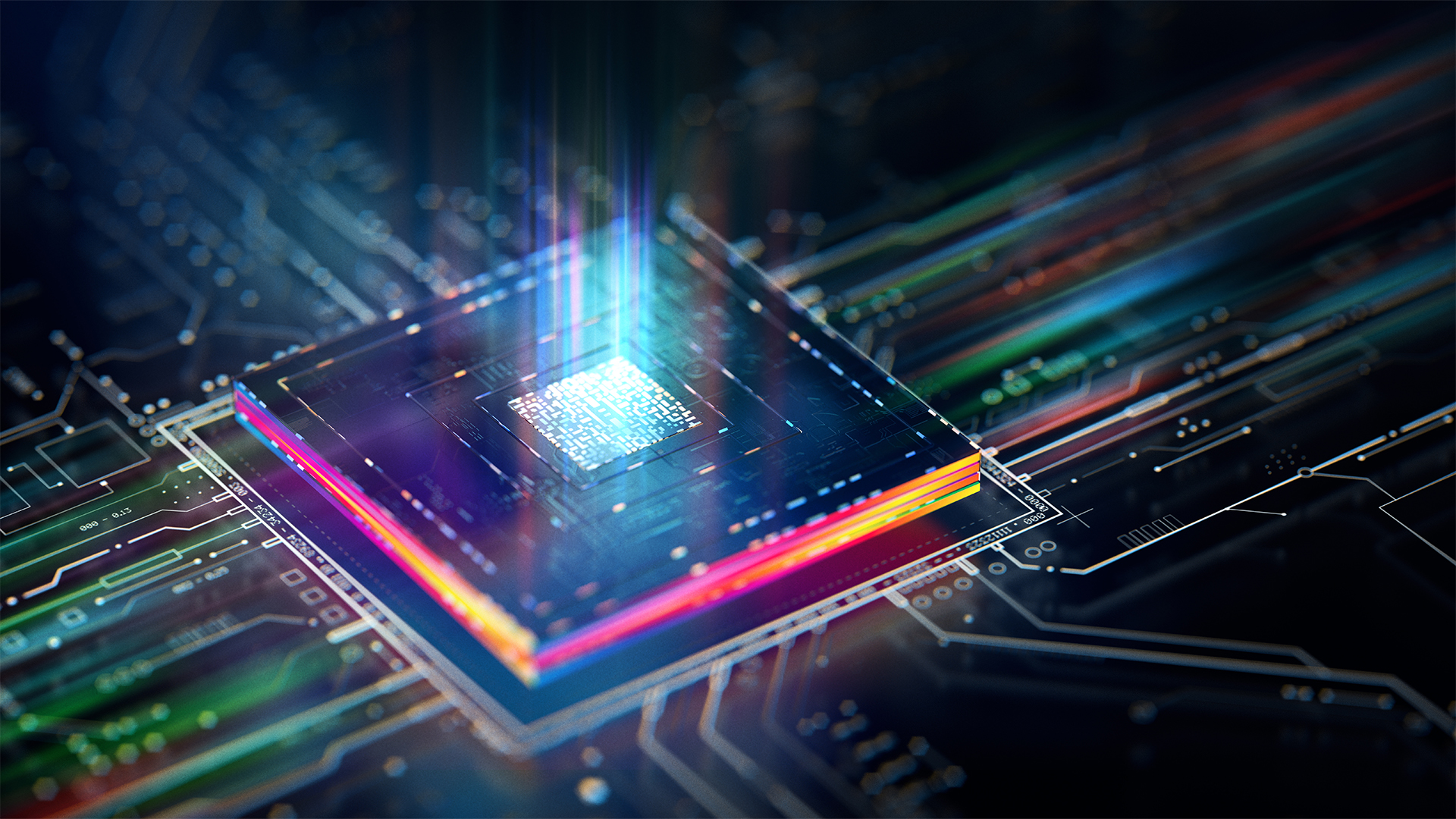 Why the CPU you chose is the key to Windows 11
Why the CPU you chose is the key to Windows 11Supported The end of Windows 10 is on the horizon – it’s time to upgrade to an fTPM-protected processor
-
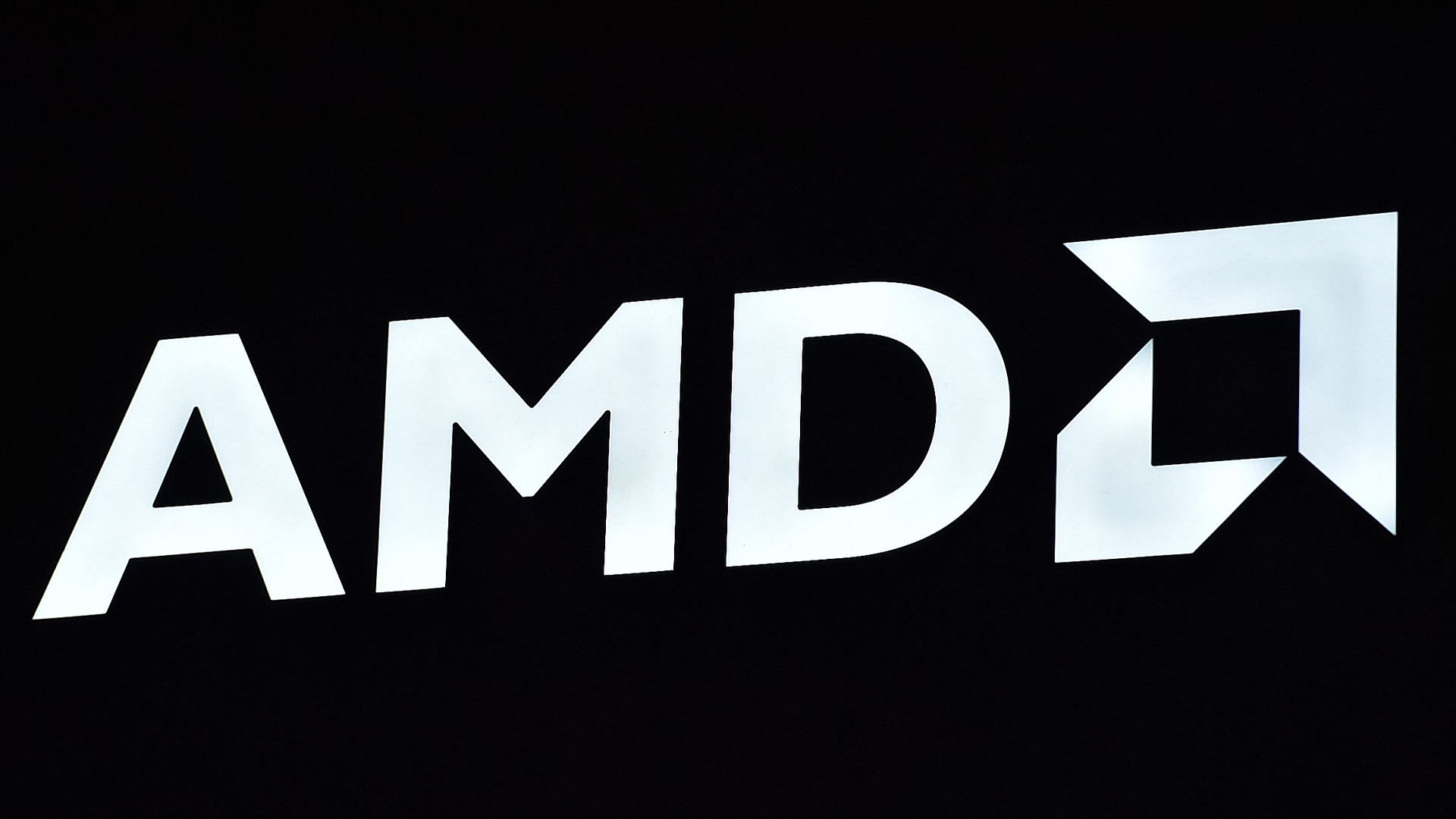 AMD and Intel’s new x86 advisory group looks to tackle Arm, but will it succeed?
AMD and Intel’s new x86 advisory group looks to tackle Arm, but will it succeed?News The pair will look to make x86 CPU architecture more interoperable
-
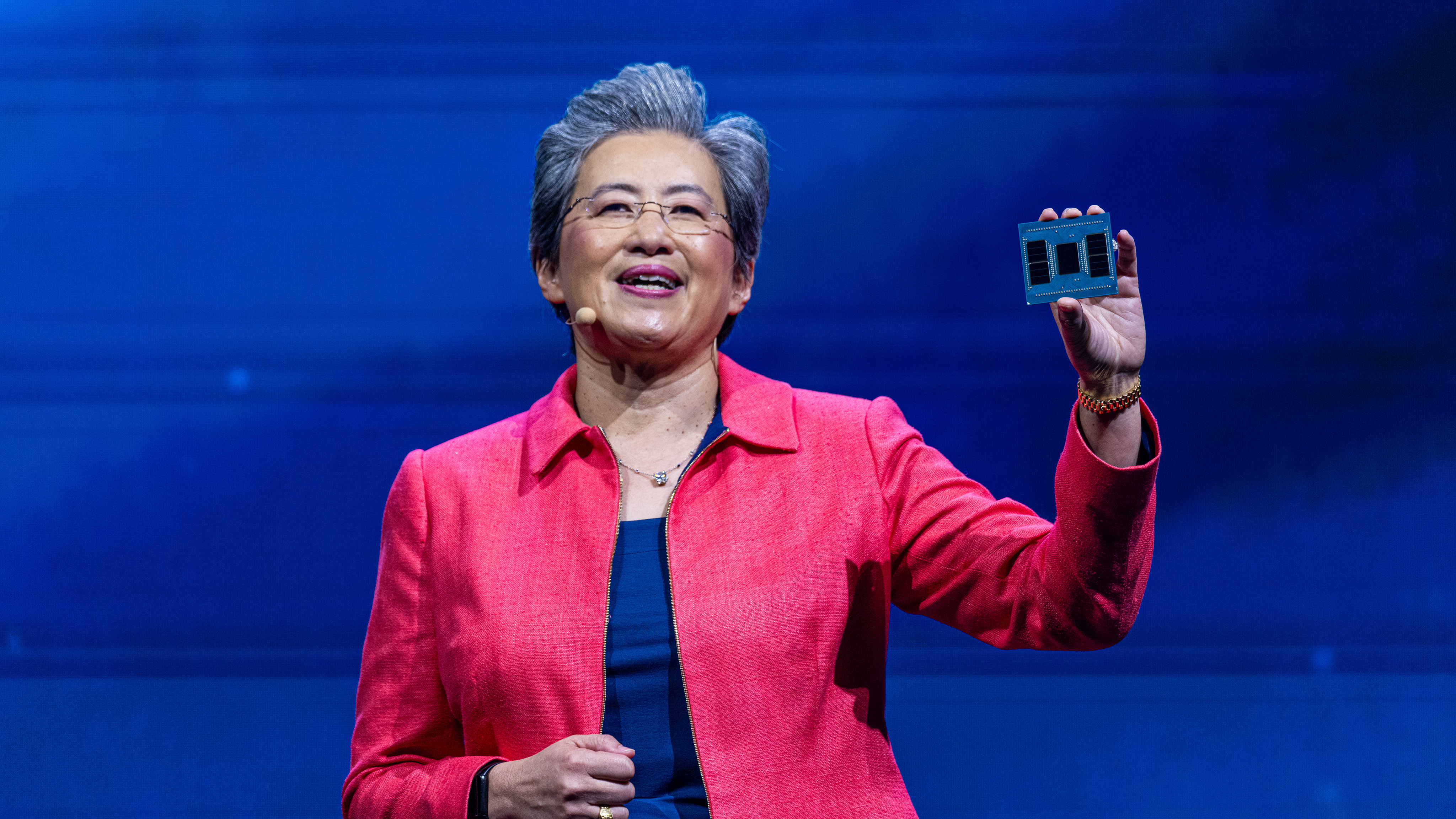 AMD’s patient roadmap has become a highway to success
AMD’s patient roadmap has become a highway to successAnalysis While everyone was focused on Nvidia’s meteoric rise, AMD was preparing the hardware needed to take the fight to its long-time competitor
-
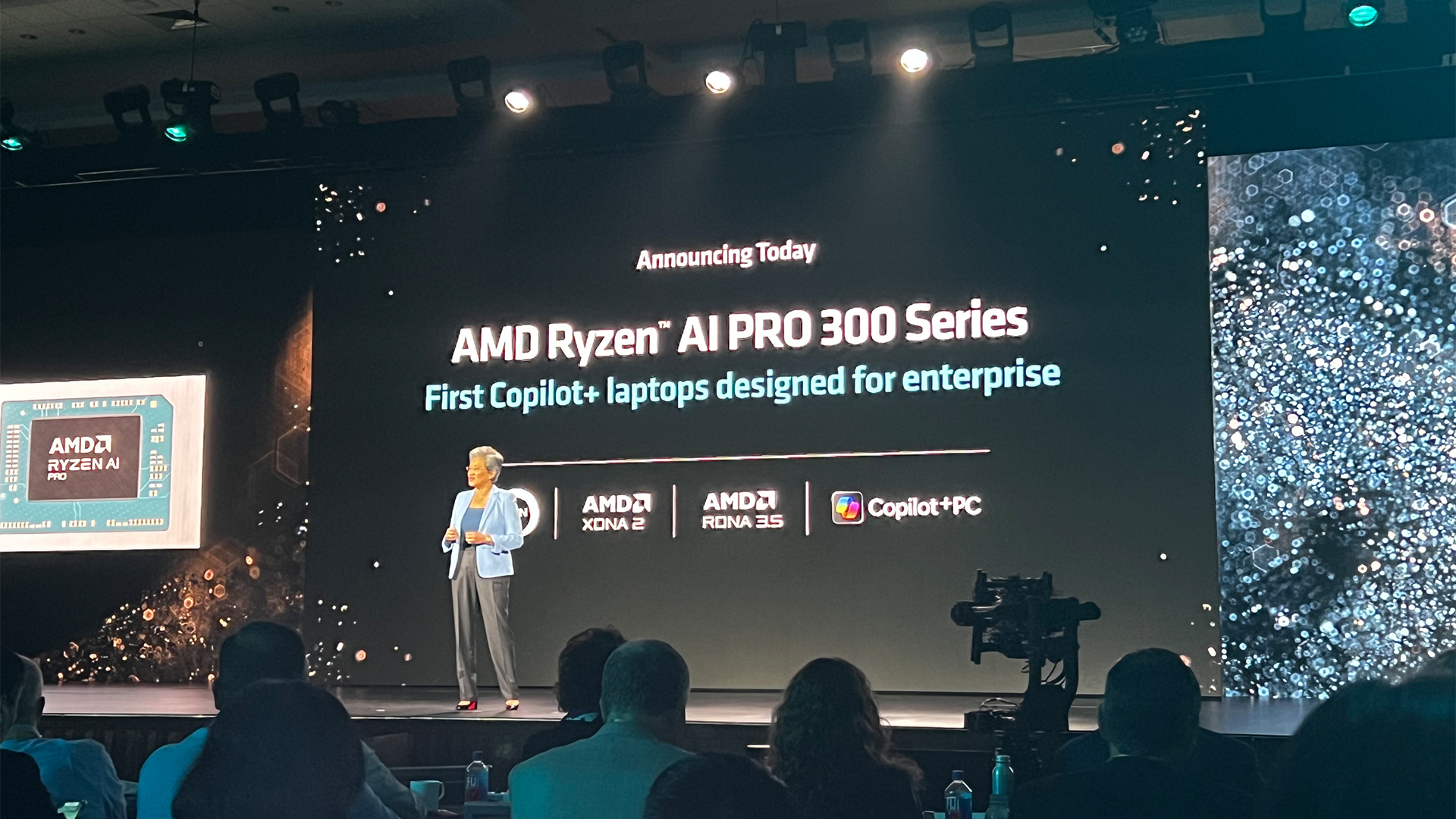 AMD just made a big statement in the AI PC race with its Ryzen AI Pro 300 series processors
AMD just made a big statement in the AI PC race with its Ryzen AI Pro 300 series processorsNews With all eyes focused on the AI PC craze, AMD looks to one-up the competition